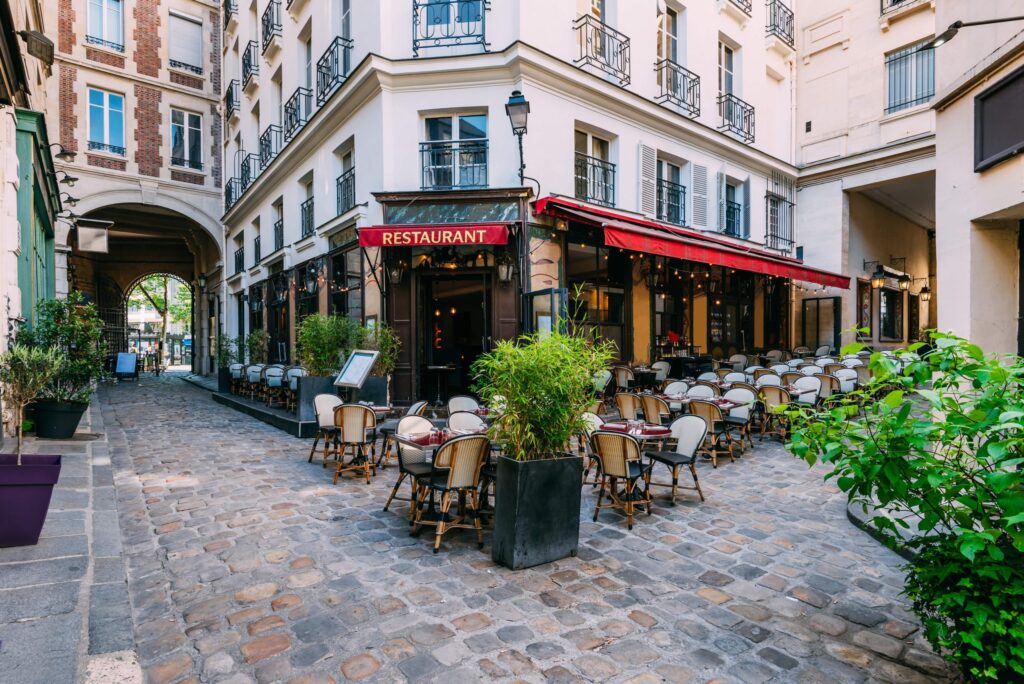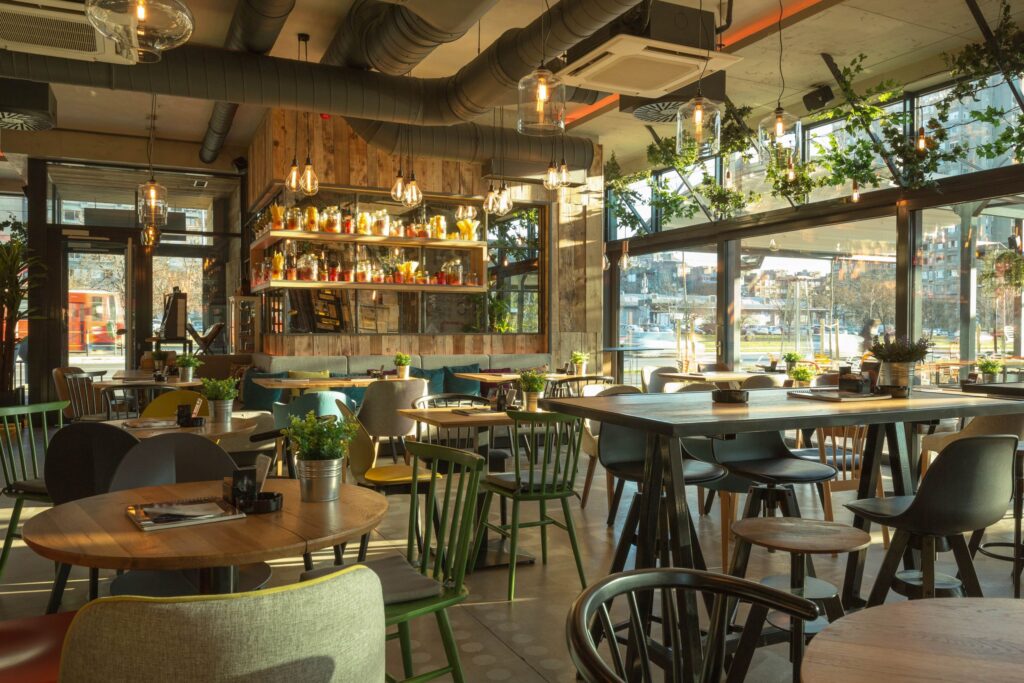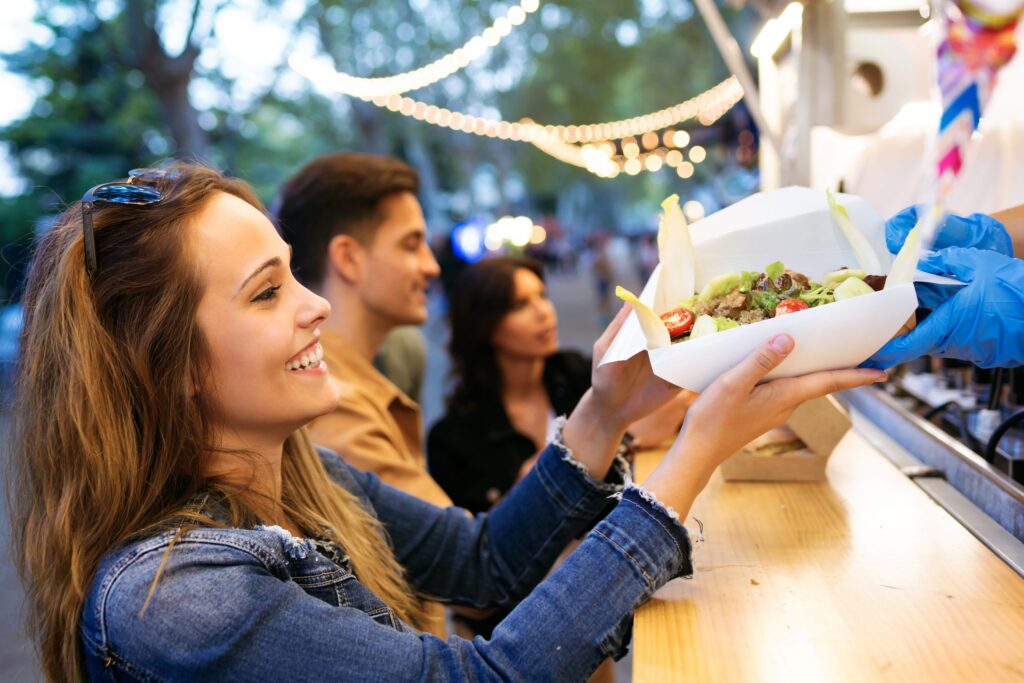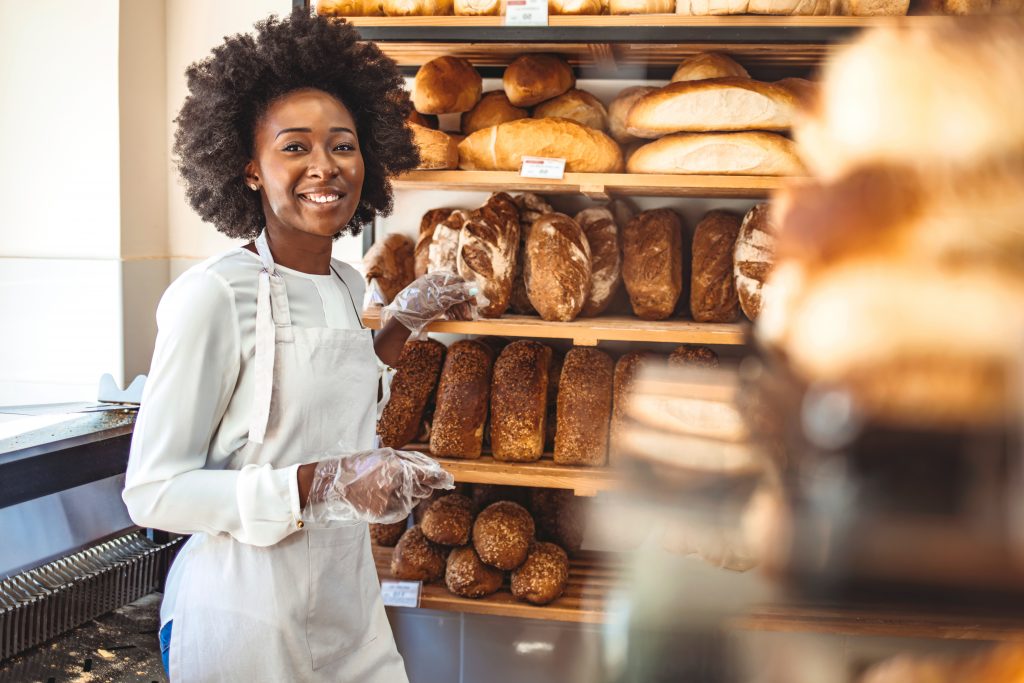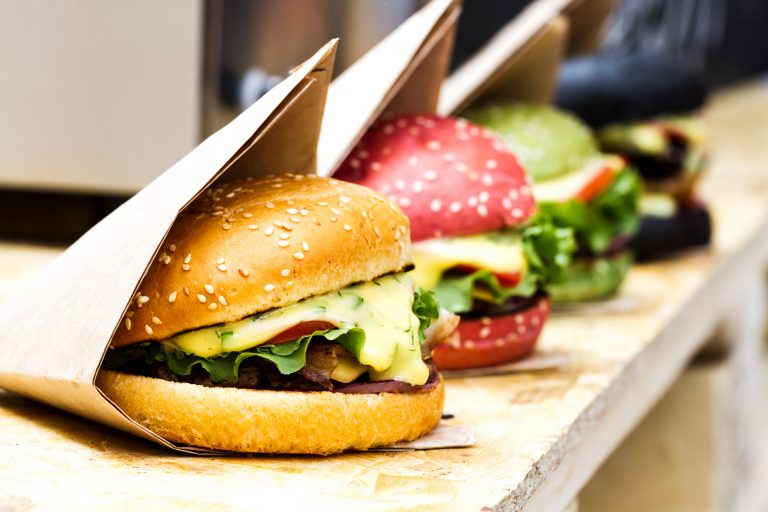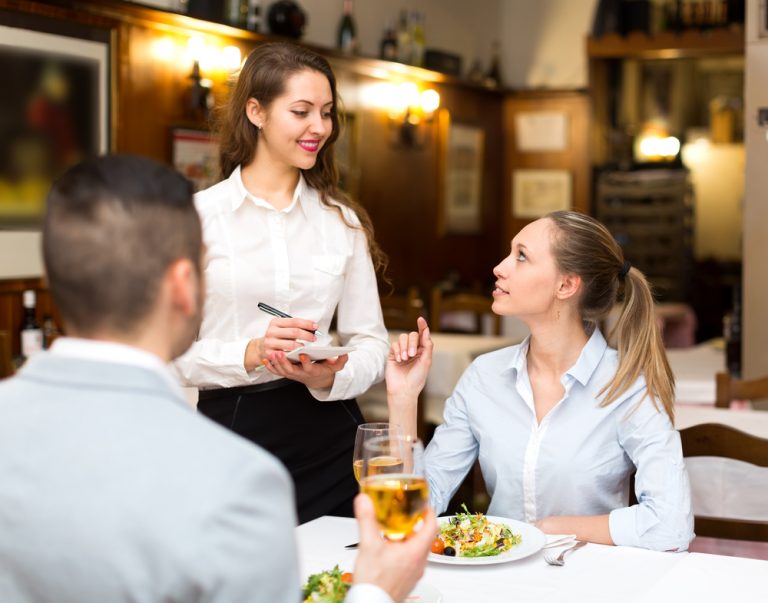How do you find the right location to open a restaurant? This is a crucial question for all future restaurateurs and entrepreneurs wishing to enter the restaurant business. Choosing the right location can mean the difference between success and failure.
To unearth the rare pearl, it’s essential to take several factors into account, all depending on the type of restoration you’re going to market. The type of location is important, whether it’s a professional, residential or suburban area. Also consider the visibility of your premises and ease of access for customers. Tourist or high-traffic areas are also an undeniable asset.
Feel free to explore the various options and compare the pros and cons of each potential location. Location isn’t everything. We also need to look at the lease, which will be the subject of a future article. In short, to determine the optimal location for your future restaurant, take the time to carefully analyze the important criteria, and don’t forget that the key to success often lies in the right choice of location for your offering.
1) Assess demographics and the local market
To choose the ideal location, it’s important to understand the demographics of the area. You’re going to market a catering offer. This must correspond to the needs of the people living within the zone. Identify residents’ age groups, income levels and consumption habits. Is it a rental or homeowner market? This will help you tailor your various service offers and determine whether the local market is sufficiently promising for your future restaurant.
2) Analyze competition and differentiation potential
Study the competition in your target area. If it’s too dense, it may be difficult to stand out. Unless you have an innovative concept in hand. If, on the other hand, the area has few competitors, we need to analyze why. It’s important to be able to come up with a concept that will set you apart from all your competitors. You need to come up with an offer that adds something extra to your target area. Always in tune with the expectations of local customers.
3) The importance of restaurant visibility and accessibility
A visible, easily accessible location attracts more customers. Choose premises located on a busy thoroughfare, with a highly visible shop window. It could be a premises on a street corner. Premises located in the heart of different businesses that could prove to be relays for your future restaurant. You should also consider the availability of nearby parking and public transport to facilitate your customers’ arrival. The easier you make life for your customers, the more they’ll come. Don’t forget to let them know how to access your restaurant via your website.

4) Consider practical factors and costs
You’ve found a place, congratulations. But you have to pay attention to the emotional side and remain very rational. Don’t forget that you’ll be making a multi-year commitment when you sign a lease. The cost of renting could prove to be an obstacle. The cost of work and renovation will make you think twice. All these parameters and many more need to be taken into account when choosing your future location. Opt for a venue that respects your budget, while allowing you to offer your customers a quality experience. Don’t forget to check local regulations, such as permits and constraints that may be associated with opening a restaurant.
5) The influence of ambience and environment on restaurant success
The environment and ambiance of the neighborhood are also factors to consider. A pleasant, friendly environment will keep customers coming back for more. Look for a location that reflects the image and atmosphere you want to create for your restaurant.
In conclusion:
Finding the right location to open a restaurant requires an in-depth analysis of essential criteria. By taking these different criteria into account, you’ll maximize your chances of success and longevity.
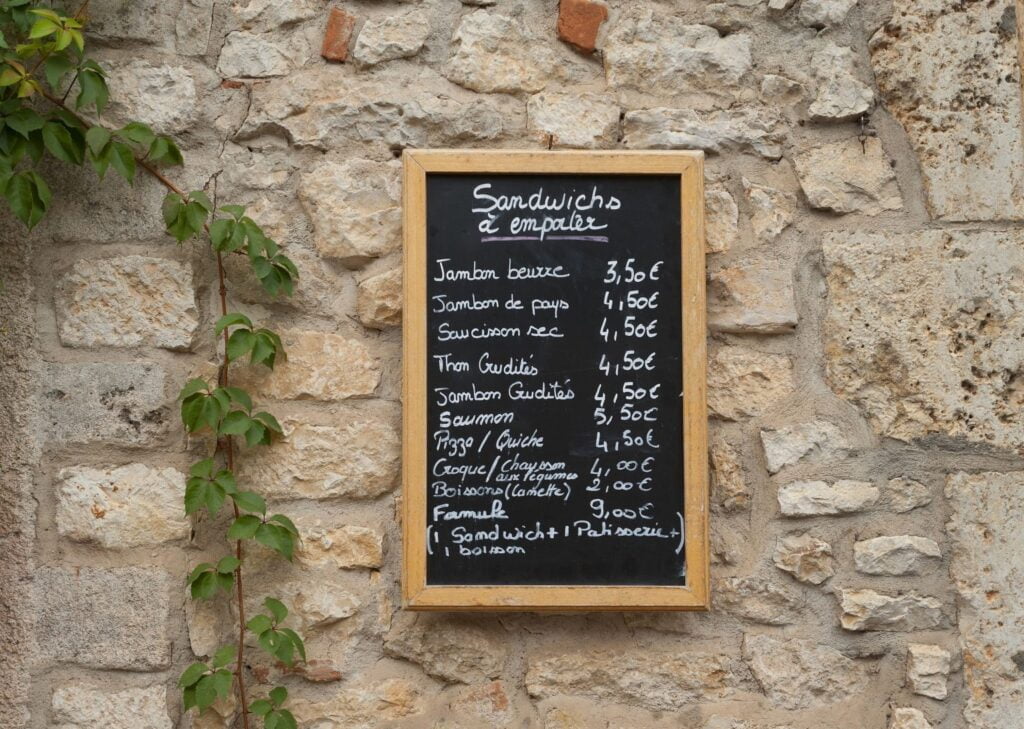
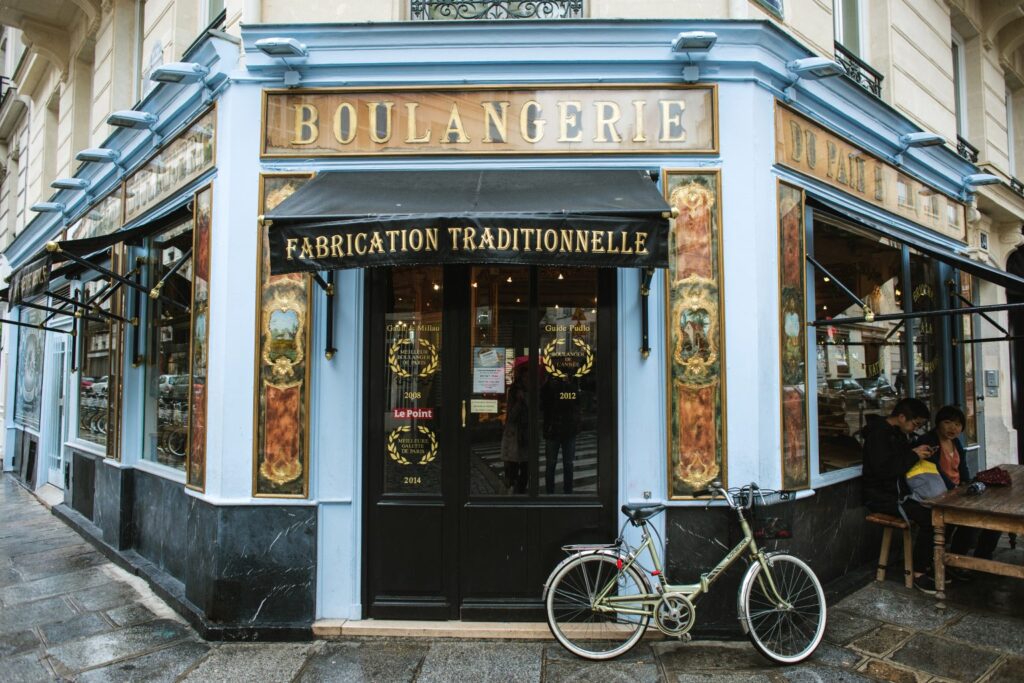
FAQ : The 5 keys to a successful restaurant location: a short guide
Q: What are the key criteria for choosing the right location for my restaurant? R : Key criteria include demographics, local market, competition, visibility, accessibility, cost, environment and economic development.
Q: How can I analyze the local demographics and market? R : You can use statistical data, market research or surveys to better understand the age groups, income levels and consumption habits of local residents.
Q: How do you determine whether the competition in your target area is too dense? R : Study the number of restaurants offering similar products in the area. Find out how long the restaurants have been in business. If you find that the competition is too big and tough, you may want to look for another location. If you decide to set up in this area, then come up with an offer that really differentiates you from your competitors.
Q: How important is visibility and accessibility for my restaurant? R : Visibility and accessibility are crucial to attracting customers and creating repeat business. A highly visible, easily accessible location increases your chances of success.
Q: How can I assess the costs associated with my restaurant’s location? R : Take into account rental and renovation costs, as well as any regulatory constraints. Make sure your budget allows you to cover these expenses while still offering a quality experience to your customers.
Q: How does the atmosphere and environment of the neighborhood influence the success of my restaurant? R : A pleasant, friendly environment encourages customers to return and recommend your establishment to their friends and family. Make sure your chosen location reflects the image and atmosphere you want to create for your restaurant. As you know, some areas are more popular than others in terms of traffic.

